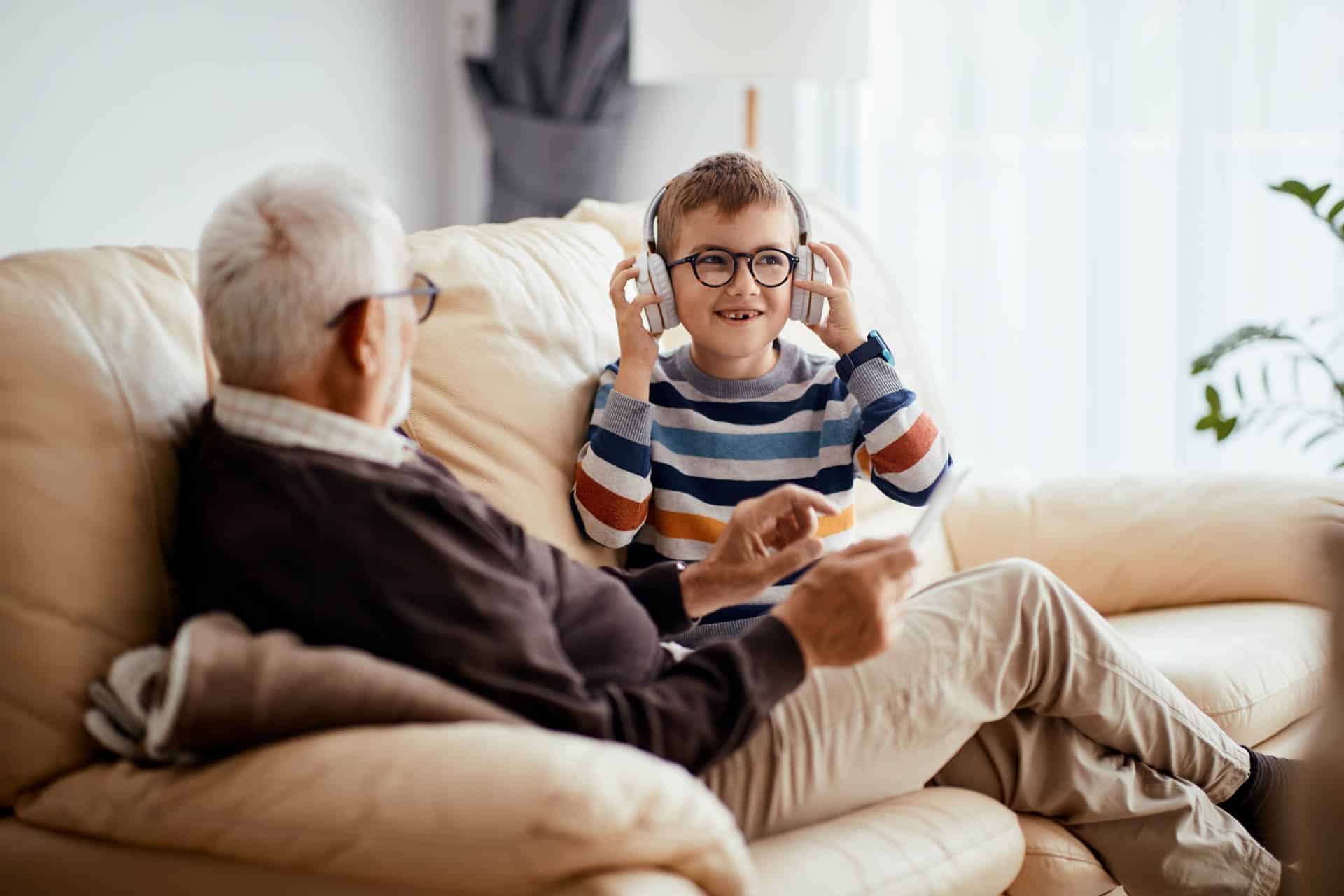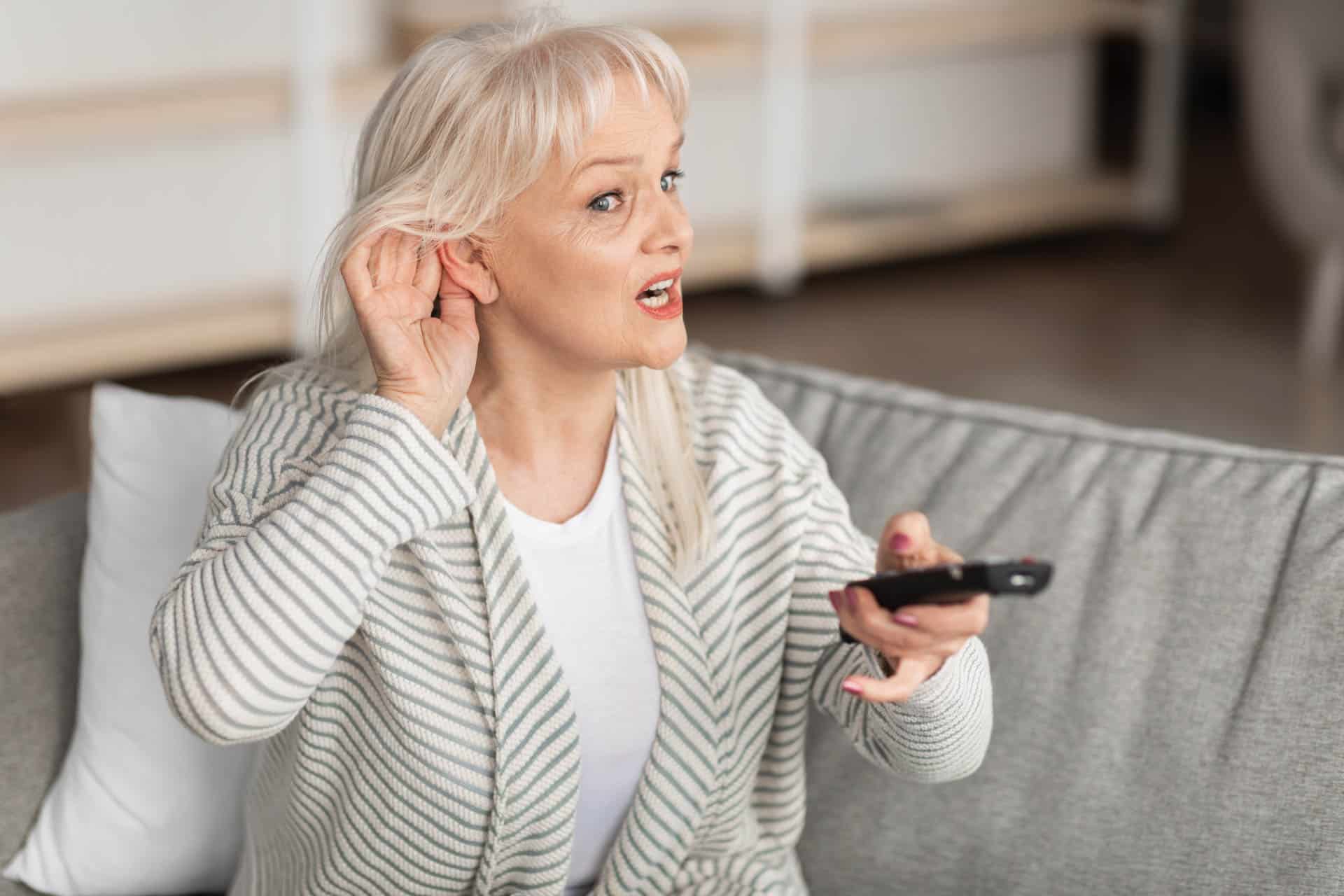Delivery in 2-3 working days
Accessible television
Accessibility does not just mean removing obstacles, bridging stairs with ramps for wheelchair users or installing elevators in public buildings for people with limited mobility.
Instead, it enables an environment that is accessible to all people, regardless of their physical, sensory or cognitive abilities.
This applies both to the physical accessibility of rooms, buildings and means of transportation, services and leisure activities as well as to the accessibility of information, for example in digital space, on the Internet or on television.
Find out below what difficulties arise here and what solutions and aids are available.

What is digital accessibility?
The important topic of accessibility is thus finding its way more and more into the digital world today. Digital content, platforms and technologies are or will increasingly be designed in such a way that people with different physical conditions or individual abilities can use them equally. Restrictions such as visual or hearing impairments, motor or cognitive impairments should not be an obstacle to full access to digital resources in the future. They should also be easy to navigate, use and understand.
In this context, accessible Internet and, for example, accessible television are becoming increasingly important.
The most important approaches to making these areas barrier-free include measures such as
- the use of clear and simple language,
- alternative texts for images, for example for blind people and people with visual impairments
- Subtitles for people with hearing difficulties
- Keyboard access for people with motor impairments
- Adaptation of color schemes for people with visual impairments
- Various assistive technologies or aids
Accessible television: Problems and solutions
Accessible television means that people with different abilities and needs have the same opportunities to experience and understand content on television. People with visual or hearing impairments in particular often face special challenges here, for example:
- Problems understanding speech: Speech contributions and dialogs are often not understood clearly and distinctly, for example due to loud background noises or music.
- Missing, incorrect or incomplete subtitles mean that people who are hard of hearing miss out on relevant information.
- Especially with live broadcasts, missing or delayed subtitles can lead to problems in understanding and thus frustration for the hearing impaired.
- Even particularly quiet sounds are often inaudible for people with hearing loss and lead to important information or context being lost.
- Due to missing or poor audio descriptions, blind or visually impaired people cannot understand or enjoy the visual events.
However, there are already many different technologies and aids available today to support accessible television.

Accessible program offerings and technologies
Many television stations such as the public broadcasters ARD, ZDF and NDR already offer accessible programs. A few years ago, the ARD public media network launched the "Barrier-free Broadcasting" project, which aims to support people with sensory impairments and people who understand little or no German.
Other broadcasters, media libraries, streaming platforms and the like are also increasingly making their programs and broadcasts more accessible, for example with subtitles, sign language translations or special "clear language" settings for people with hearing difficulties as well as audio versions or audio descriptions for people with visual impairments.

Aids for people with sensory impairments
There are also a number of aids that can improve the viewing experience for people with visual or hearing impairments. These include special accessible televisions: televisions with screen magnification or "talking" televisions, which make watching television and operating the TV set easier thanks to voice output, for example for channel or time announcements.
For people with hearing difficulties, for example, there are hearing aids with special settings for television, TV headphones or chin-strap headphones as well as TV hearing amplifiers such as the OSKAR from faller audio, which reduces background noise thanks to special speech optimization and thus makes speech on TV clear and intelligible again.
Here are a few tips on how you can improve your TV sound can.
Conclusion: Accessible television is an important step
Promoting accessibility in the digital world is an important step towards an inclusive society. By providing subtitles, audio descriptions and other accessible options, people with visual or hearing impairments are given the opportunity to access the same information and experience the same entertainment as everyone else.



